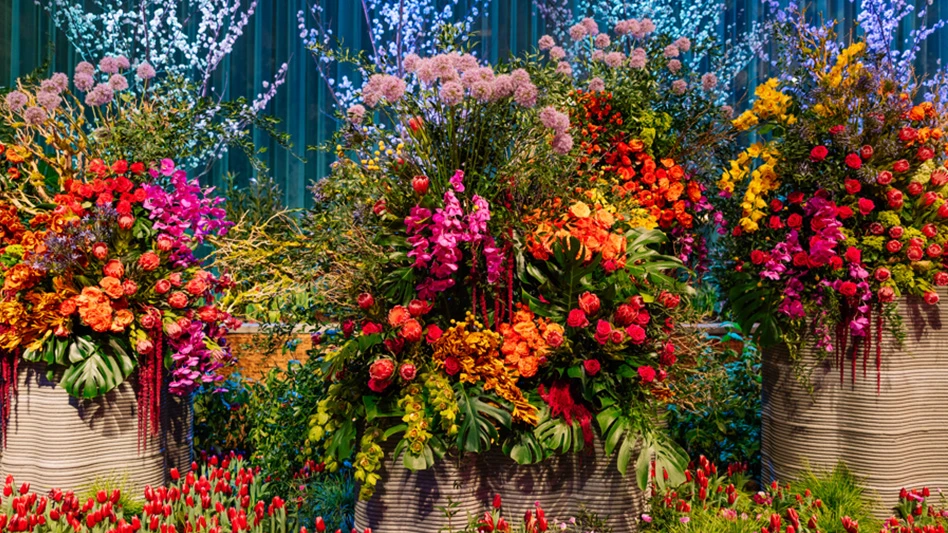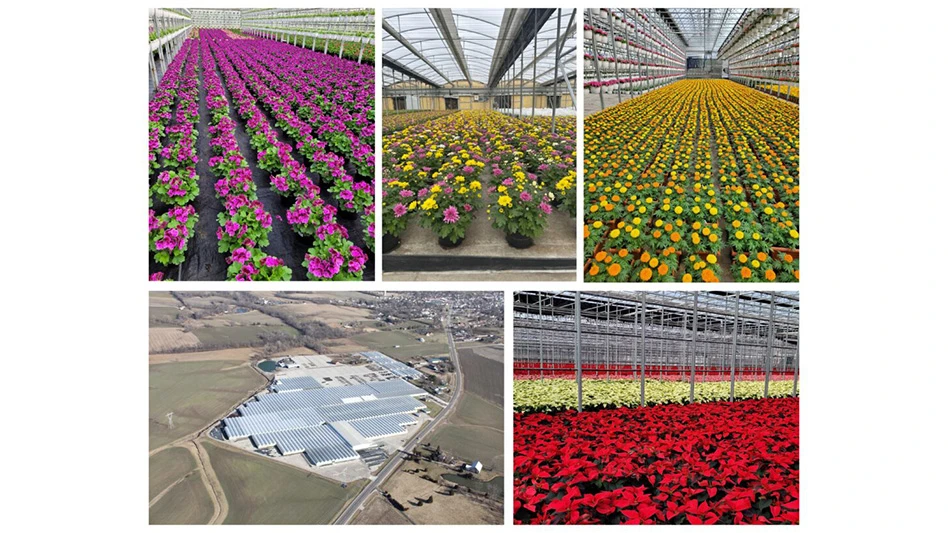Growers are facing a challenging economy that can make it difficult to determine the best way to invest in their operations. One of the places to consider upgrading or improving is lighting. But how do you approach the change in an efficient and cost-effective way?
“Switching from high pressure sodium (HPS) or metal hallide (MH) lighting to LED lighting offers growers significant benefits, but the most impactful has to be improvements in crop yield,” says Michael Hanan, U.S. Sales Manager, Commercial Agriculture, Philips LED Lighting. “Higher and more consistent yields are essential for effective planning and management, but they also translate directly to increased revenues. This is especially true for fruit and vegetable growers during off-seasons when growers can better capitalize on elevated prices.”
Investing in LED technology has become increasingly appealing as widespread adoption of the technology and associated economies of scale have led to significant cost reductions. Additionally, lucrative rebate programs, especially throughout North America, further incentivize the adoption of LED technology. Rebate programs vary from utility to utility, but it’s quite possible for growers to see 50%, 75%, or even 100% of their purchase refunded to them.
“Philips stands out with its in-house utility rebate service and no-fee management, making the transition even more advantageous,” Hanan explains. “When a grower partners with Philips to manage their rebates, 100% of the rebates goes back into their pocket.”
The Philips LED team is fully prepared to offer support through in-house and partner rebate companies to guide growers through the application process, to ensure growers maximize rebate opportunities.

Additionally, LED lights are far more energy-efficient compared to traditional HPS or MH lighting, resulting in a substantial reduction in energy consumption for the same light level delivered. Growers have seen reductions in their energy consumption by 30% to 40% after they made the switch to LED. And due to their energy efficiency, growers can increase lighted space without driving up energy usage. Lucas Greenhouses in Monroeville, New Jersey, replaced HPS lighting with Philips LED toplighting linear, increasing their lit space by more than 40% with the same amount of power usage.
LED fixtures also boast a longer lifespan than HPS or MH fixtures, eliminating the need for frequent bulb replacements. Not only do growers not have to purchase replacement bulbs, but the labor required to replace bulbs is also eliminated, creating multiple cost-savings opportunities for growers.
“These advantages translate to lower electricity bills and reduced maintenance costs, making Philips LED lighting a highly economical choice for growers seeking to optimize their operations,” Hanan says.
Unlike those older technologies, LEDs can deliver crop-specific spectra and precise lighting intensity control, which results in higher and more consistent yields. Of course, lighting is just one of several inputs that factor into the success of any horticulture business.
“That’s why the Philips LED team, through our unique triangle approach, can support growers with a customized and holistic strategy. The triangle includes a key account manager who manages the entire project from concept to implementation. They are supported by expert Application Engineers and Plant Specialists to ensure optimal light recipe and accurate installation design,” says Hanan.
“At the end of the day, lighting is another tool for growers, and it’s all about how they use it to improve their business. The Philips team is here to help to ensure a stress free transition to LED lighting.” Hanan adds that Philips LED lighting contributes to sustainable practices in commercial farming through multiple avenues. Compared to legacy lighting like HPS and MH, Philips LEDs offer superior energy savings. Their dimmability enables precise lighting control, ensuring consistent crop illumination while minimizing energy consumption for supplemental lighting. And numerous toplighting form factors provide design and installation flexibility.
“Philips LED lighting not only conserves energy but also optimizes resource usage, making LED lighting technology an asset for environmentally conscious commercial farming operations,” Hanan says.

Explore the September 2024 Issue
Check out more from this issue and find your next story to read.
Latest from Greenhouse Management
- Pennsylvania Horticultural Society announces 2025 Gold Medal Plant winners
- GIE Media Horticulture Group wins five regional 2025 Azbee Awards of Excellence
- Terra Nova Nurseries introduces rust-free and disease-resistant heucherella
- John T. Nickel, founder of Greenleaf Nursery Co., passes away at 89
- Three tours offered at 2025 Farwest Show
- Garden Media Group announces sixth annual Women in Horticulture Week
- Star Roses and Plants announces National Knock Out Rose Day
- The Growth Industry Episode 4: How federal budget cuts are affecting horticulture nonprofits





